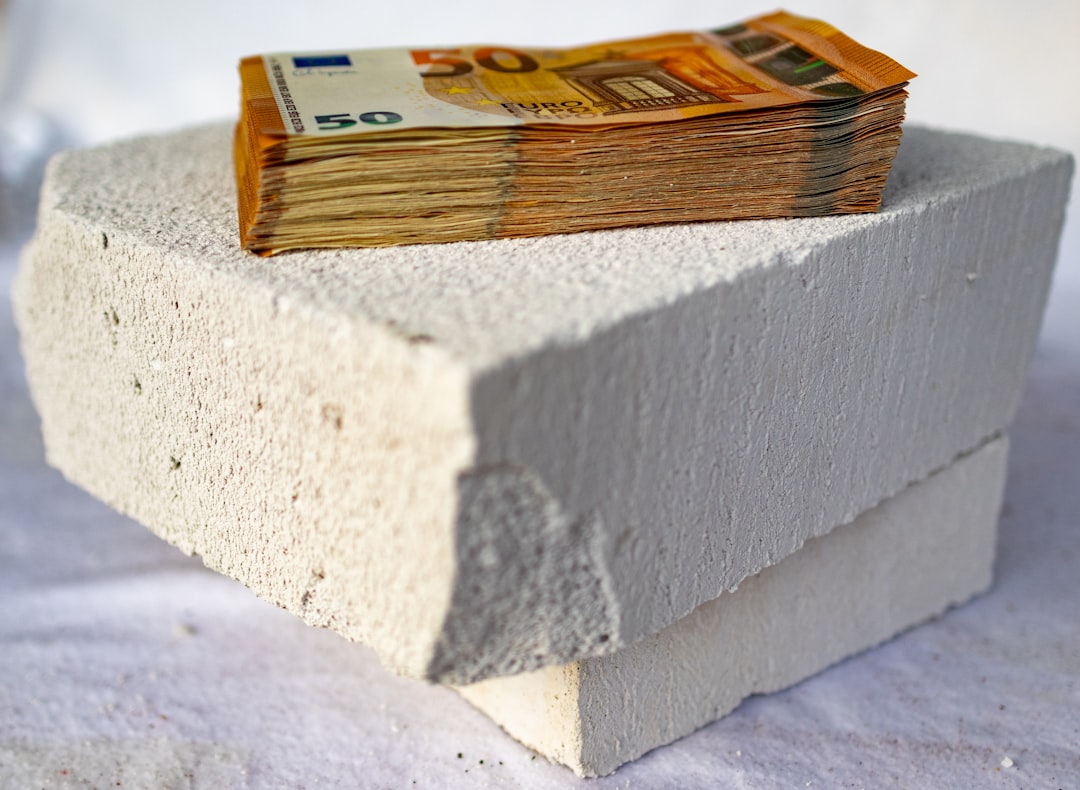
Ask any residential builder what topic keeps clients and subcontractors talking and you will hear the same question: do homebuilders mark up costs? At CountBricks, we believe the answer deserves more than a simple yes or no. Mark-ups are a tool, not a trick, and when handled with transparency and data-driven accuracy they secure healthy margins for builders while protecting homeowner value. This article breaks down the real numbers behind mark-ups, why they differ from hidden fees, and how CountBricks uses AI to keep every cost crystal-clear.
A mark-up covers the legitimate overhead and profit a builder needs to stay in business. When residential contractors partner with CountBricks.com/services they gain:
• Data-backed overhead allowances that reflect actual business expenses
• Target profit ranges calibrated to regional demand and risk levels
• Automated separation of labour, material, equipment and contingency lines so nothing is double-counted
Typical residential mark-ups range from 10 % to 25 %. In hot markets, scarcity of labour and material price swings can push the top end higher. The real question hidden inside “do homebuilders mark up costs” is whether that percentage is:
1. Applied uniformly across all cost categories
2. Based on current, verifiable numbers
3. Communicated early enough to build trust with the client
CountBricks AI solves each of these pain points by live-syncing material databases, trade rates and tax rules into every estimate. Builders see the mark-up line evolve in real time while they speak, ensuring the final proposal mirrors field reality—not last quarter’s prices.
When builders guess at overhead or secretly inflate supplier invoices, they invite scrutiny, delays and margin erosion. CountBricks eliminates the temptation to pad figures by:
• Pulling supplier pricing feeds straight into the takeoff
• Auto-applying region-specific sales tax and duty calculations
• Flagging anomalies that exceed historical norms for immediate review
Transparency is not just ethical—it is profitable. Our data shows projects generated through CountBricks estimates close 17 % faster and face 34 % fewer variation disputes.
1. Capture real-time voice inputs: Builders describe scope, finishes and site constraints.
2. Instant takeoff: CountBricks AI converts the conversation into quantified components and pulls blueprint dimensions from uploaded PDFs or cloud drawings.
3. Live cost feed: Material indices, labour rates and equipment rentals update line items to the minute.
4. Overhead engine: A customizable overhead matrix assigns insurance, admin, vehicle, and warranty allowances by cost code.
5. Profit slider: Users set target net profit and see the effect on total sell price before pushing “Generate Quote.”
At every step, the primary keyword question—do homebuilders mark up costs—is answered with clear numbers displayed beside each task and material. No surprises. No mysteries.
Residential clients rarely mind paying fair profit; they object to uncertainty. CountBricks quote templates (CountBricks.com/portfolio) explain mark-up in plain language and provide optional columns that show cost plus mark-up percentage. Builders can add a short narrative on why overhead is essential—for example, warranty coverage or project management.
Different jurisdictions tax materials, labour and mark-up differently. Misapplying tax can wipe out profit. CountBricks automatically tags taxable and non-taxable items and applies either inclusive or additive GST/VAT logic, ensuring compliance and accurate cash-flow forecasting.
A Sunshine Coast builder uploaded a 46-page blueprint, spoke through desired finishes and site logistics, and asked, “do homebuilders mark up costs too much on premium materials?” CountBricks processed 3,200 lineal metres of timber in 90 seconds, linked live cedar pricing, and proposed a 17 % material mark-up and 10 % labour mark-up based on historical warranty claims. The builder presented the transparent quote the same afternoon and secured the contract before competing bidders delivered their first email.
• Revisit overhead percentages quarterly inside CountBricks to match fuel, insurance and compliance shifts
• Use tiered mark-ups: apply lower percentages to bulk materials and higher percentages to small, high-handling items
• Export the CountBricks variance report after each project to audit projected vs. actual mark-up performance
So, do homebuilders mark up costs? Yes—and they must. The difference between fair profit and inflated pricing lies in evidence. CountBricks empowers residential builders with AI-driven proof, helping them justify every dollar while safeguarding margins. Ready to price with confidence, not guesswork? Explore CountBricks.com/consultation and schedule a demo today.

Residential construction is crowded, and lowest-number bids often win on paper but bleed cash onsite. CountBricks flips the narrative by making mark-up a selling point instead of a vulnerability.
• Side-by-side cost vs. sell columns show homeowners where their money goes, easing sticker shock and accelerating sign-off
• Auto-generated scope notes list inclusions and exclusions, reducing post-award negotiation time
• Digital signatures within the CountBricks portal lock pricing before volatile material markets shift
1. Live budget tracking feeds updated purchase orders back into the estimate, recalculating mark-up as change orders occur
2. Push-button invoices export directly to accounting software, preserving the agreed profit percentage on every progress claim
3. Close-out reports compare estimated vs. actual mark-up to generate lessons learned for the next bid
When a Melbourne contractor embraced CountBricks, his average gross margin climbed from 14 % to 21 %. The difference? A disciplined, AI-verified mark-up strategy. By showing the developer that contingency and overhead were applied only where risk justified it, the builder beat five competitors—none could illustrate cost logic with the same precision.
Ready to replace uncertain mark-ups with data-driven confidence? Visit CountBricks.com/services for feature overviews or book a one-on-one walkthrough at CountBricks.com/consultation. Let transparency become your strongest negotiating tool.